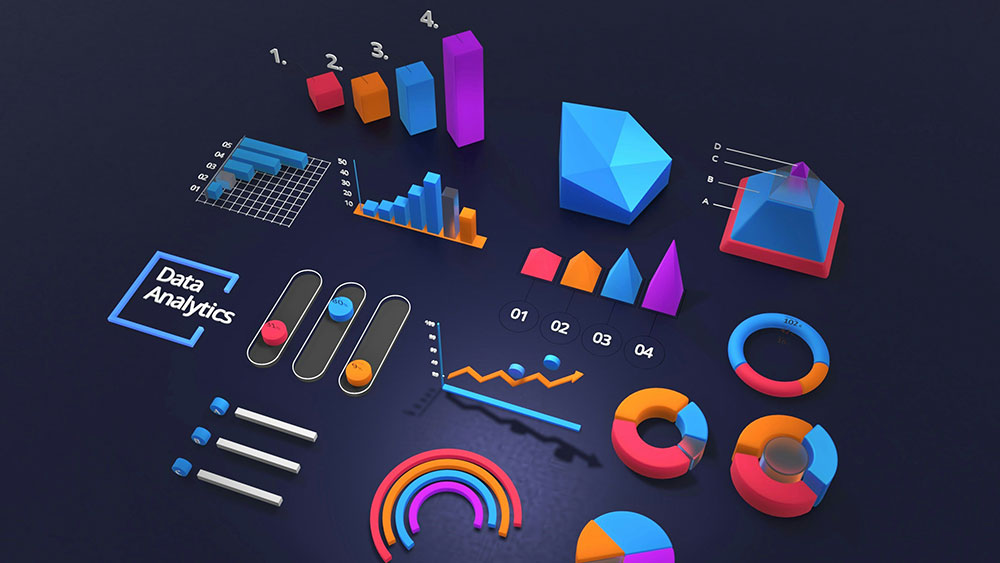When administrative and managerial data are placed on an XmR chart, the first reaction will frequently be that the limits are far too wide: “We have to react before we get to that limit.”
|
ADVERTISEMENT |
So what are we to do when this happens? Are the limits really too wide? There are three cases to consider:
• The data are full of noise
• The data are full of signals
• The data alternate between different processes
The data are full of noise
Administrative and managerial data tend to be report card data. The measures are accumulated across departments, across plants, across regions, and even across countries before being presented to managers for consumption. At each stage, as the data are aggregated, the noise of each data stream is also being aggregated into the total, so by the time the finished value is presented, it has a lot of noise in the background. For example, consider the quarterly sales values for one company shown in Figure 1.
…

Comments
Dear Dr. Wheeler,Thank you…
Dear Dr. Wheeler,
Thank you very much for another profound and illuminating article. Your ability to deconstruct common misconceptions and support every argument with impeccable logic and examples is an invaluable resource for everyone involved in statistical process control.
Sincerely,
Sergey Grigoryev (AQT)
Good Article
Why use a IMR chart for autopsies? Why not a P chart? Thanks
Good question jonathon. A p…
Good question jonathon. A p chart requires binomial counts, and binomial counts require each event to have the same likelihood of occurrence. Since the reasons for a neoanatal fatality are not the same for every fatality in a given year, this requirement is not satisfied. when this happens the annual, or quarterly, counts are not binomial counts, and the theoretical three-sigma distance will be incorrrect.
Add new comment